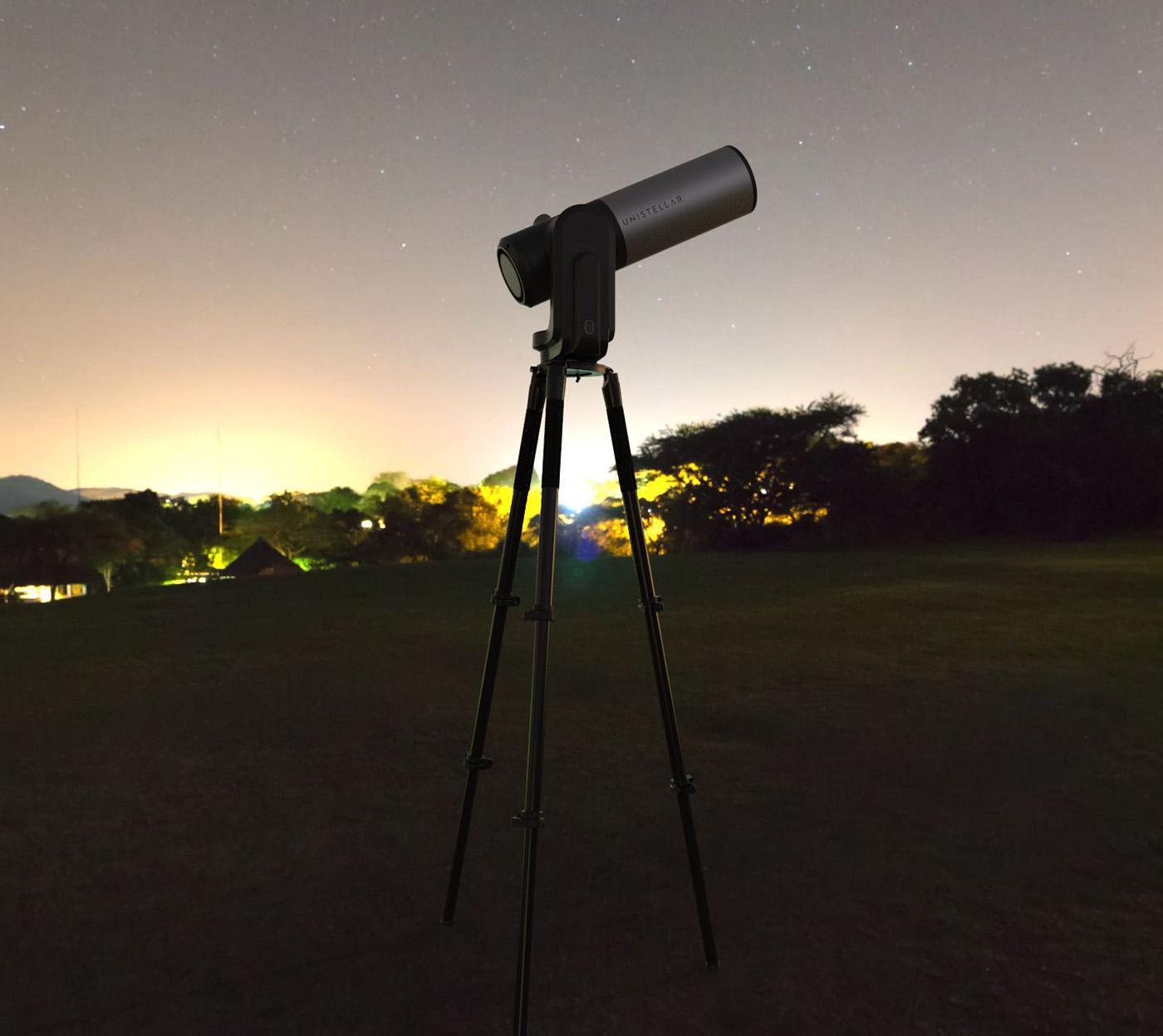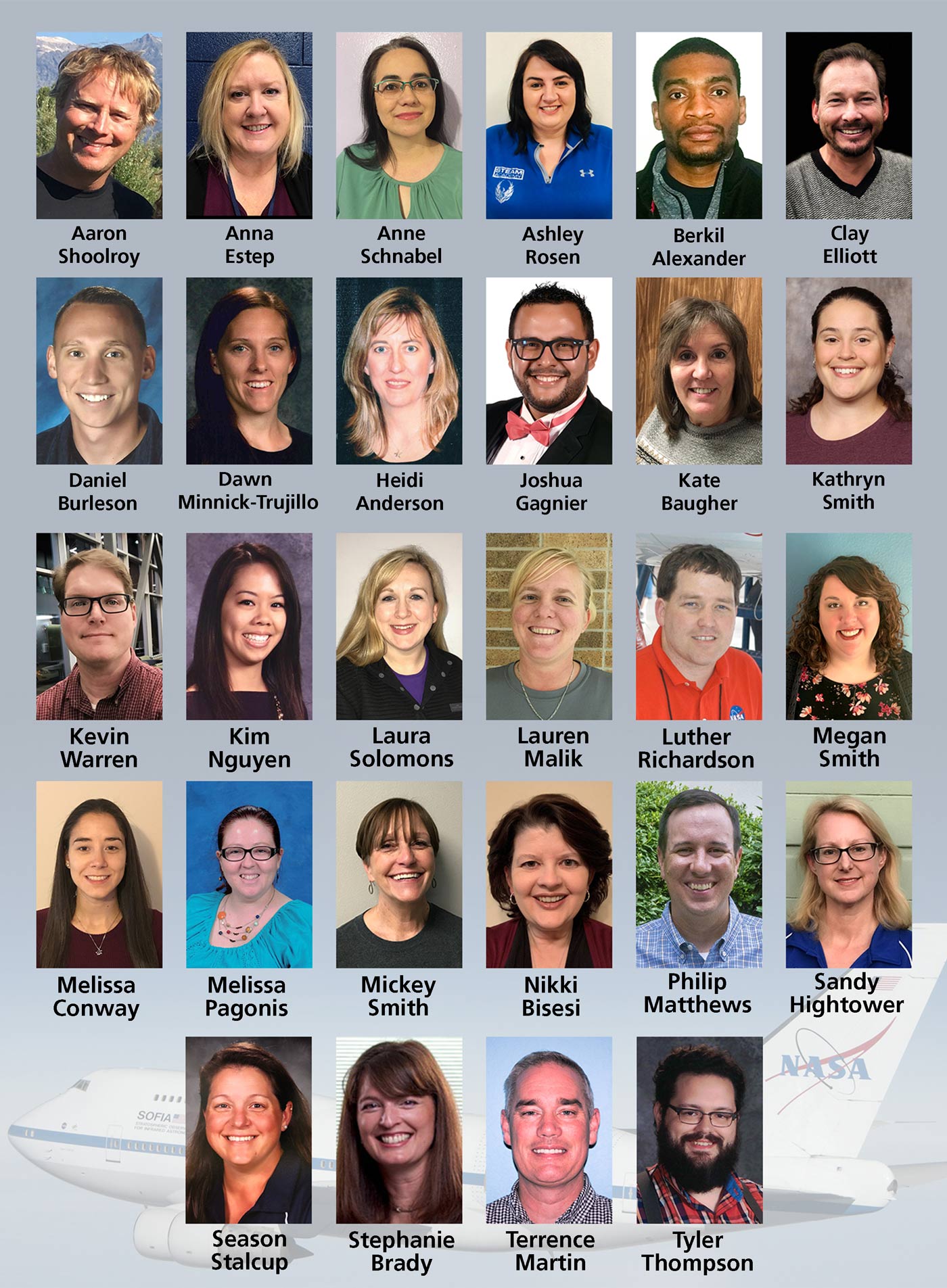
The Atacama Desert, a desert plateau stretching along the coast in northern Chile and parts of Peru, is one of the driest places in the world. The extreme environment – not only intensely dry, but also exposed to high levels of solar radiation – makes it a suitable analog for the environment of early Mars, so astrobiologists are interested in the life that manages to survive there. A rover named Zoë, developed by Carnegie Mellon University’s Robotics Institute, went to the Atacama in 2013 in an astrobiology mission led by the SETI Institute and the Robotics Institute to test methods of sample collection and life detection. Recently, a microbial study of the soil samples released in the journal Frontiers of Microbiology revealed specialized microbes that manage to endure the brutal desert environment and offered valuable insights into future life detection missions to Mars. Space.com quoted statements from SETI Institute research scientist Kimberley Warren-Rhodes and Nathalie Cabrol, Director of the Carl Sagan Center for the Study of Life in the Universe at the SETI Institute:
"These results confirm a basic ecological rule that microbial life is patchy in Earth's most extreme habitats, which hints that past or present life on other planets may also exhibit patchiness," study lead author Kim Warren-Rhodes and co-author Nathalie Cabrol, both of the SETI Institute in Mountain View, California, jointly said in the same statement.
"While this will make detection more challenging, our findings provide possible signposts to guide the exploration for life on Mars, demonstrating that it is possible to detect life with smart robotic search and sampling strategies," the two researchers added.
The rover uncovered microbes that had adapted to the high salt environment, different from those found at the surface of deserts, but likely similar to what researchers believe could be found in the Martian subsurface.
- SETI.org: CMU's Zoë Rover Shows Robots Can Find Subterranean Organisms
- Frontiers: Subsurface Microbial Habitats in an Extreme Desert Mars-Analog Environment
- Phys.org: Clues to Martian life found in Chilean desert
- Space.com: Good News for Mars Life Hunt? Rover Digs Up Microbes in Chilean Desert
- WRAL.com: How rovers are searching for alien life in the desert
- MIT Technology Review: The discovery of desert “dead zones” could help find life on Mars
- The London Economic: Drill that will spearhead search for life on Mars tested on vehicle resembling soapbox derby contraption
- Electronic Component News Magazine: Rovers Ready to Search for Martian Life Burrowed Deep Underground
- Breitbart: NASA rover finds life in subsurface soil collected from Mars-like Atacama desert
 SETI Institute and Unistellar Team Up for Citizen Science
SETI Institute and Unistellar Team Up for Citizen ScienceThe SETI Institute and Unistellar have partnered on a project to develop a citizen science network around the Unistellar eVscope. The eVscope uses advanced light-accumulation technology to bring detailed and colorful astronomical objects into view, an unprecedented feat for a small consumer telescope. Users will be able to pinpoint a target to observe, collect data, and share it with others. The SETI Institute will provide processing and analysis. Bill Diamond, President & CEO of the SETI Institute, discussed the project in a press release:
“Space exploration and astronomy represent a powerful source of fascination to the general public and provide a compelling platform for the promotion of STEM and science literacy,” noted SETI Institute President & CEO, Bill Diamond. “We are delighted to be the science lead for Unistellar in supporting and promoting the most innovative development in amateur astronomy to come along in decades. We anticipate fabulous opportunities for science outreach and education on a global basis, in addition to a major citizen science program to reveal and unlock new mysteries of the cosmos.”
SETI Institute senior planetary astronomer and Unistellar’s Chief Scientific Officer, Franck Marchis, will be among those presenting the citizen science project at the SXSW Interactive Innovation Awards in Austin, TX.
- YouTube (Video): Unistellar: Revolutionary Digital Consumer Telescope and Citizen Science
- SETI.org: SETI Institute signs MOU with Unistellar to develop and enhance a citizen science network
- SETI.org: Unistellar to receive CES 2018 Innovation Award for smart, powerful, crowd-funded consumer telescope
- SETI.org: Capturing a Snapshot of Pluto's Atmosphere with Unistellar's eVscope
 Excitement Mounts as SETI Institute Announces 2019 Airborne Astronomy Ambassadors
Excitement Mounts as SETI Institute Announces 2019 Airborne Astronomy AmbassadorsParticipating school districts across the United States are sharing their excitement following the announcement of the high school science teachers selected to take part in the SETI Institute’s NASA Airborne Astronomy Ambassador Program (AAA). The program consists of professional development training that includes research flights on NASA’s Stratospheric Observatory for Infrared Astronomy (SOFIA), and a curriculum module that helps teachers bring their real-world STEM experience into the classroom.
Twenty-eight teachers from districts in California, Nevada, Georgia, South Carolina, Kentucky, Texas, and Oklahoma will be participating in the 2019 AAA program.
- SETI.org: High School Science Teachers Named Airborne Astronomy Ambassadors – Will Fly on NASA’s SOFIA Aircraft
- SETI.org: The SETI Institute’s Airborne Astronomy Ambassadors Program Enhances STEM Learning and Engagement in High Schools
- SCV News: NASA Selects Hart High Science Teacher to Fly 2 Missions
- The Signal, Santa Clarita Valley: Hart science teacher selected to fly NASA mission
- William S. Hart Union High School District News: Hart HS Science Teacher Kathryn Smith Chosen to Fly NASA Mission
- WTVM: Two Columbus teachers named NASA Ambassadors
- KHTS: Hart High School Science Teacher Chosen To Fly On NASA Mission
- GPB Media: Georgia High School Science Teachers Will Fly On SOFIA
- KXTN: Three CCSD Teachers Chosen For NASA/SETI Space Program
- KSNV News 3: Three local teachers selected for special NASA program
- NBC Southern California:To Infinity and Beyond: Santa Clarita Teacher Joins NASA for an Adventure
- NBC Los Angeles: Santa Clarita High School Teacher Joins NASA for an Adventure
- Muscogee County School District: District Partners with SETI Institute; Two teachers named NASA Airborne Astronomy Ambassadors
- Fayette County Public Schools: Two Fayette teachers selected for NASA’s airborne astronomy program
- Kentucky Teacher: Two Fayette teachers selected for NASA’s airborne astronomy program
- Radio.com:Three CCSD Teachers Chosen For NASA/SETI Space Program
The NASA Office of Inspector General released its audit of the SETI Institute, one of many performed on non-profits, academic institutions, and other organizations that receive NASA funds. The audit affirms the SETI Institute’s support for NASA’s missions and proper use of funds, and noted areas of impact by the SETI Institute’s outreach and education programs, as well as important contribution to the scientific community in everything from the development of biofuels from microbes to the discovery of exoplanets and planetary satellites. The report also emphasized the wider scientific community’s interest in the search for extraterrestrial intelligent life and the possibility of NASA reexamining its current position on funding technosignature research.
- Astrobiology News: NASA Inspector General Audit of The SETI Institute
In last week’s episode, the future of lunar exploration, from international efforts to science fiction, is examined in an encore of High Moon. On our previous week’s episode, seek the virtuous in virtual reality with an encore of We Are VR.
Last time on Facebook Live, a conversation with SETI Institute CEO Bill Diamond about his recent visit to the Arecibo Observatory. Scientist Michael Busch joins in. Videos of all past Facebook Live events can be found on our Facebook page: https://www.facebook.com/SETIInstitute/
- SXSW: March 8-17. 2019, Austin, TX Unistellar is a 2019 Interactive Innovation Awards finalist for advances in the field of robotics and hardware for its eVscope
- SETI Talks Exploring Ultima Thule – Humanity’s Next Frontier: March 13, 2019, Menlo Park, CA Alan Stern (New Horizons Principal Investigator), Mark Showalter (SETI Institute) and Ross Beyer (SETI Institute) will discuss the New Horizons flyby of Kuiper Belt object MU69 (Ultima Thule)
- Colloquium Series at SLAC: Artificial Intelligence Meets Basic Research – The SETI Institute and NASA’s Frontier Development Lab: March 18, 2019, Menlo Park, CA Bill Diamond, President and CEO of the SETI Institute will be the featured speaker
- 50th Lunar and Planetary Science Conference: March 18-22, 2019, The Woodlands, TX Numerous SETI Institute scientists will be presenting their work
- Flux Emergence Workshop: March 18-22, 2019 Tokyo SETI Institute scientist Meng Jin will be one of the speakers
- Randall Museum Lectures: Another Pale Blue Dote – Inside the SETI Institute’s Search for Exoplanets: March 20, 2019, San Francisco, CA Frank Marchis will be the featured speaker
- Third Thursday: Extopia: March 21, 2019, San Jose, CA A virtual reality installation produced in collaboration with Scott Kildall, former SETI Artist in Residence, and Franck Marchis, SETI Institute scientist
- Stockton Astronomical Society: April 11, 2019 Stockton City, CA SETI Institute scientist Meng Jin will give a presentation





